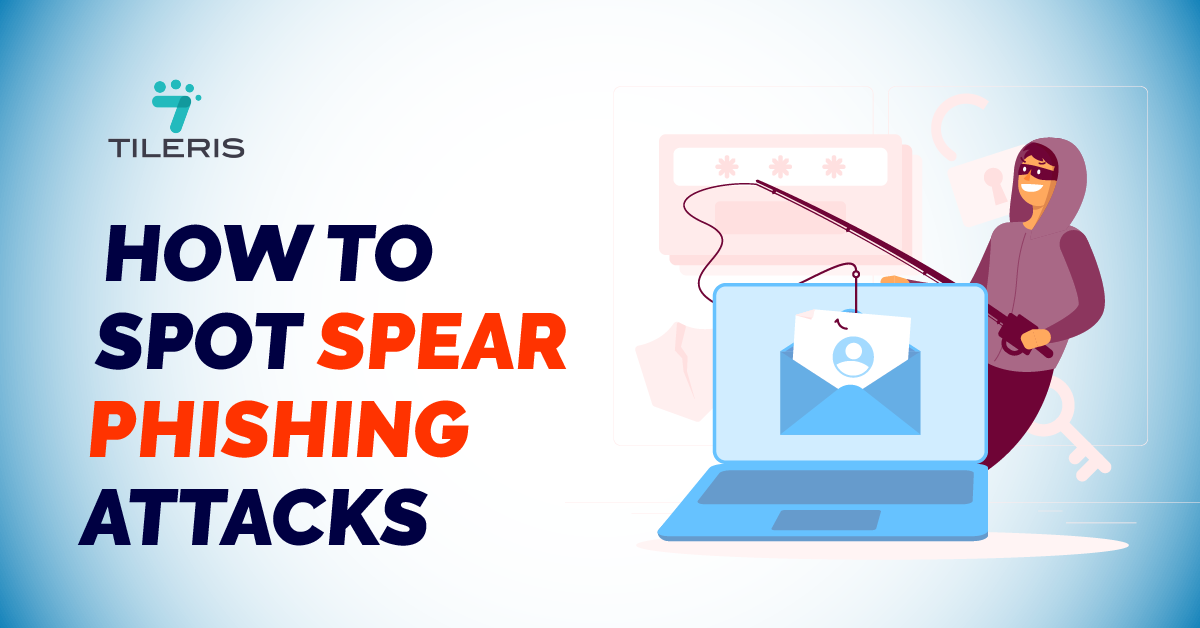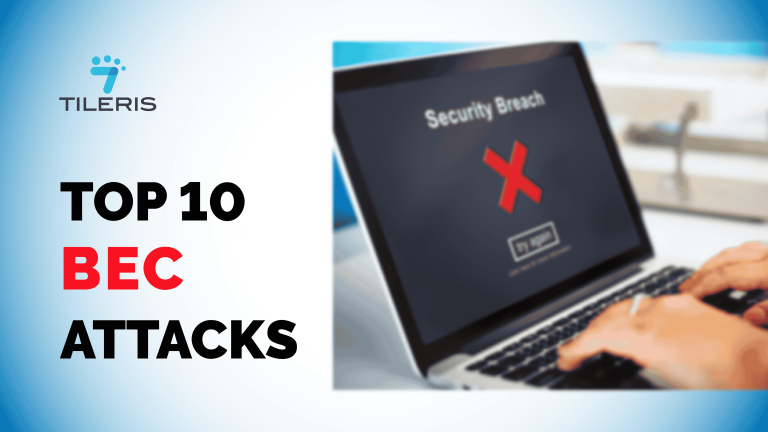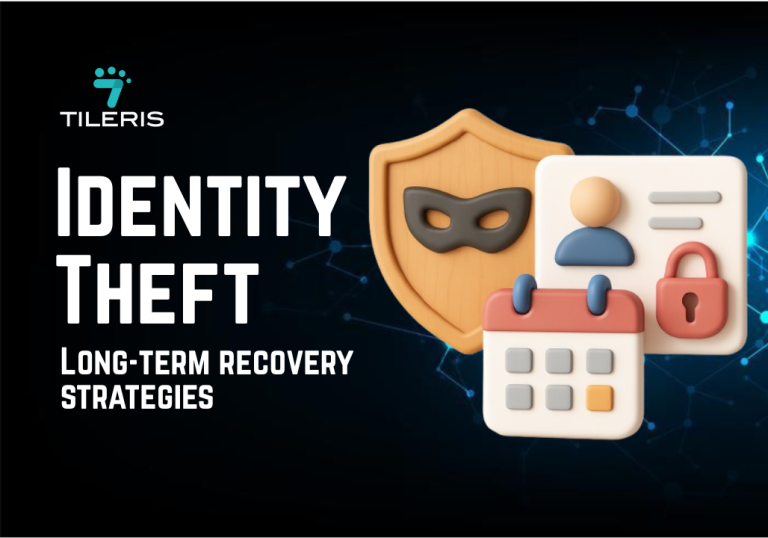How To Spot Spear Phishing Attacks
Introduction
In today’s fast-paced digital world, email is incredibly convenient, but it’s also a common way for cybercriminals to launch targeted attacks. One of the sneakiest and most dangerous types of these attacks is called spear phishing. Unlike general spam, spear phishing is a highly personalized threat that can trick even the most careful individuals and cause huge problems for businesses, leading to stolen money, lost data, and damaged reputations.
This article is your guide to understanding spear phishing and, more importantly, to giving you the tips and strategies you need to spot these sneaky attacks before they can harm you or your organization.
Understanding Spear Phishing
So, what exactly is spear phishing, and how is it different from the usual junk mail or other scams?
Spear phishing is a very specific type of phishing attack where cybercriminals don’t just cast a wide net hoping to catch anyone. Instead, they carefully choose a particular person or a small group of people to target. They then create custom-made emails or messages that look incredibly real, designed to trick only those specific targets.
What makes it different from other phishing attacks:
Mass Phishing: Like sending out millions of generic “your account is suspended” emails to anyone they can reach.
Spear Phishing: Highly personalized, often mentioning real names, job titles, companies, or recent events to build trust and make the message seem legitimate to the specific victim.
Attackers use these clever tactics and techniques to make these attacks work:
- Researching and targeting specific individuals or groups: They’ll dig around online (social media, company websites, news articles) to find out who you are, who you work with, what your job is, and even recent projects you might be involved in. This information helps them build a believable story.
- Creating convincing emails or messages: Armed with their research, they craft emails that look like they’re from a trusted source. This could be your boss, a coworker, a known vendor, or even a customer. They might even try to make the email address look very similar to a real one.
- Using psychological manipulation to trick victims: Spear phishing plays on human emotions and tendencies. They might create a sense of urgency (“I need this done NOW!”), authority (“The CEO needs this report immediately”), fear (“Your account will be closed!”), or even curiosity (“Check out these photos from the team event”). This pressure makes people act without thinking.
Signs of a Spear Phishing Attack
Because spear phishing attacks are so convincing, it can be tough to spot them. However, there are common signs that, if you’re vigilant, can give them away:
- Unusual or suspicious email sender addresses: Even if the name looks right (e.g., “John Smith”), check the actual email address carefully. Look for subtle misspellings (e.g., `j0hnsmith@company.com` instead of `johnsmith@company.com`), different domains (e.g., `company-info.com` instead of `company.com`), or strange combinations of letters and numbers.
- Generic greetings or lack of personalization (sometimes): While spear phishing is often personalized, sometimes the attackers might miss a detail. If an email supposedly from your boss starts with “Dear User” instead of your name, that’s a red flag. However, be aware that many are highly personalized.
- Urgent or threatening language: Attackers want you to panic and act without thinking. Phrases like “Immediate action required,” “Account will be suspended,” “Confidential and urgent,” or “Do not forward” are designed to create pressure.
- Requests for sensitive information or action: Be extremely wary if an email asks you to: click a link to “verify” your account details or password, download an unexpected attachment, especially if it’s a ZIP file, executable (.exe), or a macro-enabled document, transfer money or change banking details, share personal data like your social security number, employee ID, or login credentials.
Examples of spear phishing messages:
Fake CEO Request: “Hi [Employee Name], I’m in a meeting right now and urgently need you to process a payment to this new vendor for a confidential acquisition. Please wire funds to the account [Fake Account Number] by the end of the day. Don’t call me, I’m busy. Regards, [CEO’s Name]”
Fake IT Alert: “Your mailbox storage is full. Click this link to expand it immediately, or your email will be deactivated: [Malicious Link]”
Fake Vendor Invoice: “Dear [Employee Name], Attached is the updated invoice for [Project Name]. Please ensure payment is made to our new bank account details listed within the attached document. Thank you, [Vendor Contact Name].”
Tips for Spotting Spear Phishing Attacks
Being aware is your first line of defense. Here’s how to sharpen your detective skills:
- Verify sender identities and email addresses: Always, always, always check the actual email address, not just the display name. If it looks even slightly off, it’s suspicious. If it’s a crucial request from someone you know, consider verifying it through a different communication channel (e.g., call them on a known number, send a separate message, or talk to them in person). Never reply to the suspicious email to verify.
- . Be cautious with links and attachments: Before clicking any link, hover your mouse over it (on a computer) to see the actual web address. Does it match where it’s supposed to go? If it’s a file, and you weren’t expecting it, or it looks suspicious, don’t open it. When in doubt, don’t click or open.
- Look for spelling and grammar mistakes: Professional organizations and individuals usually have well-written communications. Typos, awkward phrasing, or grammatical errors can be a strong indicator of a scam.
- Be wary of urgent or threatening language: Attackers try to make you panic. If an email demands immediate action, threatens consequences, or urges secrecy, slow down. These are classic manipulation tactics. Take a moment, breathe, and think critically.
- Emphasize the importance of being vigilant and skeptical: In the digital world, a healthy dose of skepticism is your best friend. Don’t assume an email is legitimate just because it looks convincing. Always question unexpected requests, especially those involving money or sensitive data.
Red Flags to Watch Out For
- Unusual requests or transactions: Is your boss asking you to buy gift cards? Is a vendor asking you to change their bank account details via email without any prior discussion or verification? These are highly unusual business practices designed to bypass normal checks.
- Changes in payment instructions or account details: This is a huge red flag for Business Email Compromise (BEC). Any request to change where money is sent, no matter how legitimate it seems, must be verified through a separate, trusted method (e.g., a phone call to a known contact number, not the one in the email).
- Unfamiliar or suspicious email senders (even if the name seems familiar): An email from a “new” vendor or a “new” contact from an existing company that you don’t recognize should always trigger suspicion.
Examples of red flags and how to respond to them:
Red Flag: An email supposedly from your CEO urgently asking you to process an invoice for a new vendor immediately, telling you not to call because they are in a meeting.
Response: DO NOT process the payment. Call your CEO on their known phone number or contact them via a verified internal communication channel (like an internal chat system) to confirm the request. Assume the email is fake until proven otherwise.
Red Flag: An email from a known supplier stating their bank account details have changed and asking you to update your records for the next payment.
Response: DO NOT update the details based on the email alone. Call the supplier using a phone number you already have on file (not the one in the email) and verify the change with a known contact at their company.
Conclusion
In summary, spear phishing is a serious and growing threat that can have devastating consequences for both individuals and organizations. By understanding what it is, recognizing its subtle signs, and staying incredibly vigilant, you can significantly reduce your risk.
Remember to always verify suspicious requests through separate channels, be cautious with links and attachments, and look for any inconsistencies. Implementing strong technical security measures and, most importantly, consistently educating your team are your most powerful weapons. Empowering yourself and your colleagues to be skeptical and cyber-smart is not just a good idea—it’s essential for protecting your digital life and the integrity of your business in today’s interconnected world.
In a world where attacks are becoming more frequent than usual, are you concerned about your safety but feel it’s too much for you to handle? let us at Tileris handle it for you. Visit us at at http://tileris.com.







